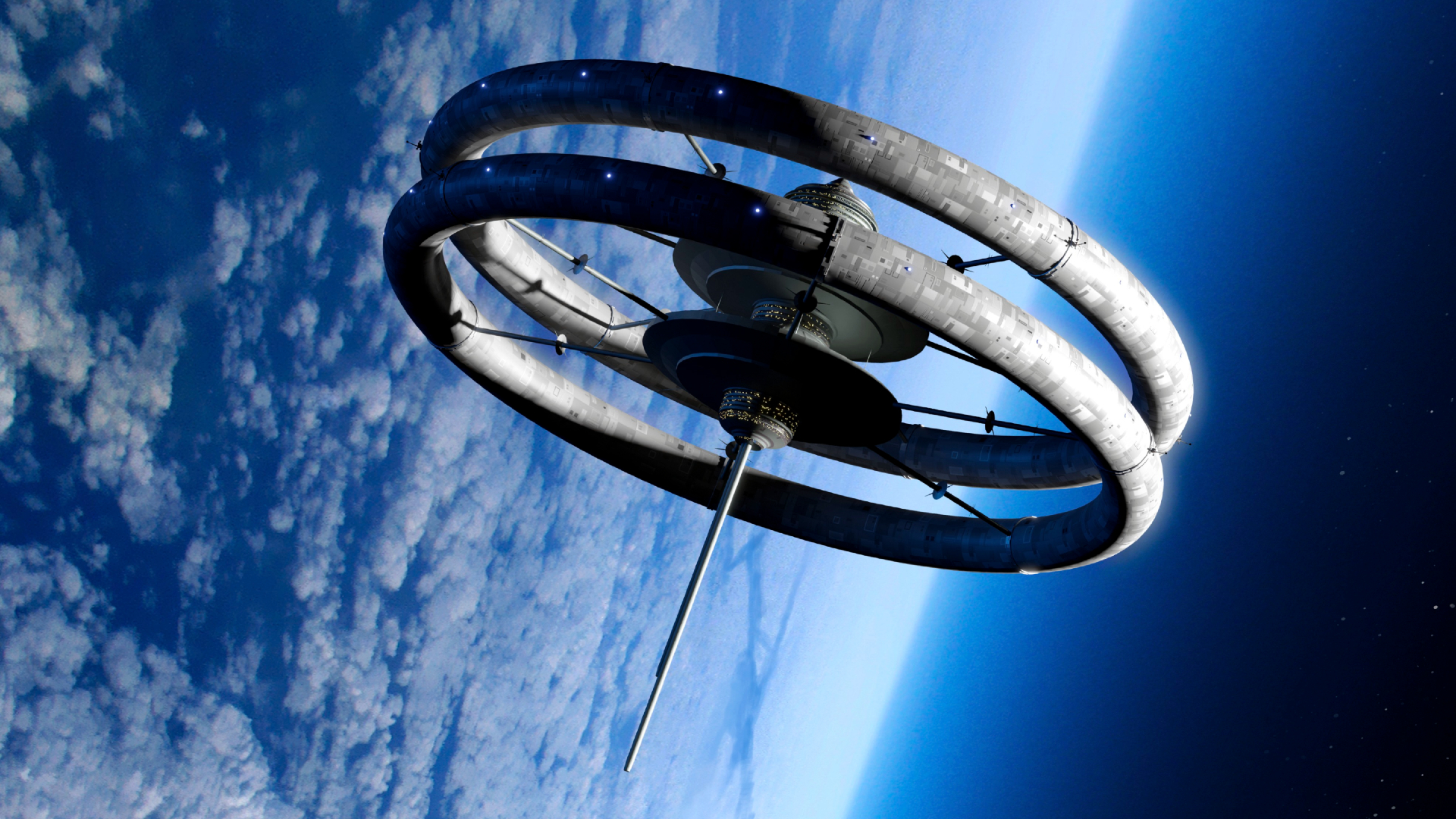Perseid Meteor Shower Might Dazzle
For Northern Hemisphere observers, August is usuallyregarded as ?meteor month,? with one of the best displays of the year reachingits peak near midmonth.
That display is, of course, the annual PerseidMeteor Shower, beloved by everyone from meteor enthusiasts to summercampers. This year is expected to produce an above average number of "shootingstars" that could offer a rewarding experience to skywatchers aroundthe globe.
There's just one problem: A bright moon will drown outfainter meteors.
The moon will be at last quarter the night of Aug. 13 and itwill be at a rather bright waning gibbous phase a night or two earlier,seriously hampering observation of the peak of the Perseids, predicted to occurlate on the nights of Aug. 11 and 12.
Moonrise on Aug. 11 comes at around 10:20 p.m., while onAug. 12 it's around 10:50 p.m. The moon will be hovering below and to the leftof the Great Square of Pegasus these nights and not all that far from theconstellation Perseus, from where the meteors will appear to emanate (hence thename ?Perseid?).
Perseus, does not begin to climb high up into the northeastsky until around midnight; by dawn it?s nearly overhead. But bright moonlightwill flood the sky through most of those two key nights and will certainly playhavoc with any serious attempts to observe these meteors.
Shower already underway
Breaking space news, the latest updates on rocket launches, skywatching events and more!
The Perseids are already around, having been active only ina very weak and scattered form since around July 17, as is typically the casefor this annual shower.
But a noticeable upswing in Perseid activity traditionallybegins during the second week of August, leading up to their peak. They aretypically fast, bright and occasionally leave persistent trains. And every oncein a while, a Perseid fireball will blaze forth, bright enough to be quitespectacular and more than capable to attract attention even in brightmoonlight.
Unfortunately, because the moon was also at full phase onAug. 5 it will always be above the horizon during the predawn morning hours (when Perseidviewing is best) in the days leading up to the peak. So even the gradualincrease in the shower will be spoiled by moonlight.
The moon arrives at last quarter on Aug. 13 and thereafterits light becomes much less objectionable, but by that time the peakof the display has passed, leaving only a few lingering Perseid stragglersin its wake.
But nonetheless, the 2009 Perseids will be still be worthwatching.
Comet crumbs
We know today that these meteorsare actually the dross of the Swift-Tuttle comet. Discovered back in 1862, thiscomet takes approximately 130 years to circle the sun. And in much the same waythat the Tempel-Tuttle comet leaves a trail of debris along its orbit toproduce the spectacular Leonid Meteors of November, the Swift-Tuttle cometproduces a similar debris trail along its orbit to cause the Perseids.
Indeed, every year duringmid-August, when the Earth passes close to the orbit of Swift-Tuttle, thematerial left behind by the comet from its previous visits, ram into ouratmosphere at approximately 37 miles (60 kilometers) per second and create brightstreaks of light in our midsummer night skies.?
And according to two meteor researchers, each workingindependently, 2009 could turn out to be an unusually intense Perseid year.
Mikhail Maslov of Russia has determined that within a matter of severalhours on the morning of Aug. 12, the Earth will come close to three trails ofdust shed by the Swift-Tuttle comet from three prior visits to the vicinity ofthe Sun (in 1610, 1737 and 1861). All three encounters will all occur within aroughly 4-hour time frame between 4 and 8 hours UT, which will be particularlyfavorable for eastern North America where this interval corresponds to midnightto 4 a.m. on Aug. 12; the constellation of Perseus will be gradually climbingthe northeast sky during this time frame.
According to Maslov,the Earth will be passing only 87,000 miles (140,000 km) from the center of the1610 trail at 8:07 UT (4:07 a.m. EDT).
In the absence of moonlight, an observer might see up to 200meteors per hour around that time, a number that sadly ? because of the brightmoon ? won't in 2009. Overall, though, the Perseids might still put on a gooddisplay despite the interfering moonlight, with at least the brighter meteorsbeing visible to patient observers.
Another researcher, J?r?mie Vaubaillon of Caltech, used acomputer simulation to depict Earth'spassage through the Perseids in 2009. Vaubaillon'ssimulation clearly shows Earth encountering significant meteor activity fromabout 0 hours UT on Aug. 12 through about 6 hours UT on Aug. 13, possiblysuggesting better than average Perseid activity worldwide for both thelate-night hours of Aug. 11 and Aug. 12, local times.
Is it safe?
Many years ago, a phonecall came into New York?s Hayden Planetarium. The caller sounded very concernedafter hearing a radio announcement of an upcoming Perseid display and wanted toknow if it would be dangerous to stay outdoors on the peak night of the shower(perhaps assuming there was a danger of getting hit by cosmic debris).
These meteoroids, however,are no bigger than sand grains or pebbles, have the consistency of cigar ashand are consumed dozens of miles above our heads.? The caller was passed alongto the Planetarium?s then-Chief Astronomer, Dr. Kenneth L. Franklin(1923-2007).
Franklin quickly allayed any fears by cheerfully commentingthat there are only two dangers from watching for Perseid meteors: gettingdrenched with dew and falling asleep!
- Top 10 Perseid Meteor Shower Facts
- Meteor Watching 101: Tips and terms
- Perseid Meteor Gallery 2004, 2006
Joe Rao serves as an instructor and guest lecturer at New York's Hayden Planetarium. He writes about astronomy for The New York Times and otherpublications, and he is also an on-camera meteorologist for News 12 Westchester, New York.

Joe Rao is Space.com's skywatching columnist, as well as a veteran meteorologist and eclipse chaser who also serves as an instructor and guest lecturer at New York's Hayden Planetarium. He writes about astronomy for Natural History magazine, Sky & Telescope and other publications. Joe is an 8-time Emmy-nominated meteorologist who served the Putnam Valley region of New York for over 21 years. You can find him on Twitter and YouTube tracking lunar and solar eclipses, meteor showers and more. To find out Joe's latest project, visit him on Twitter.
